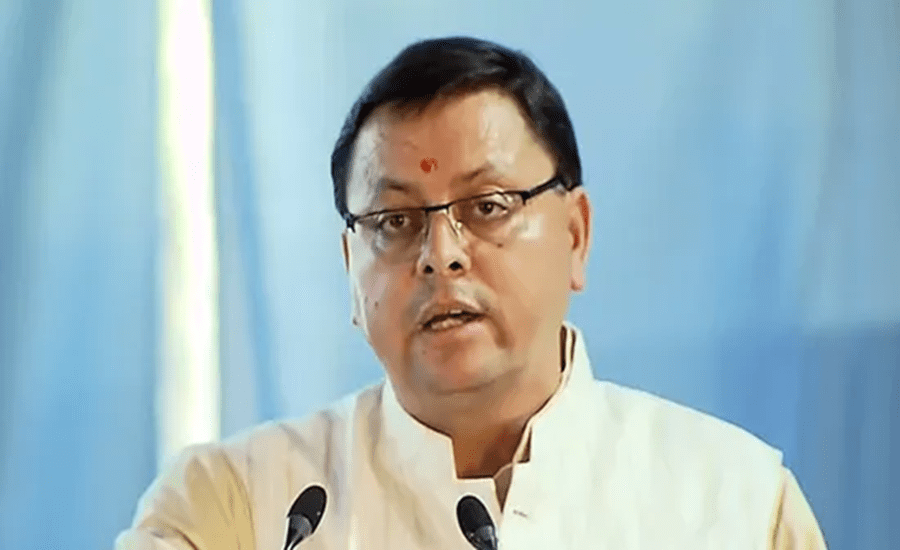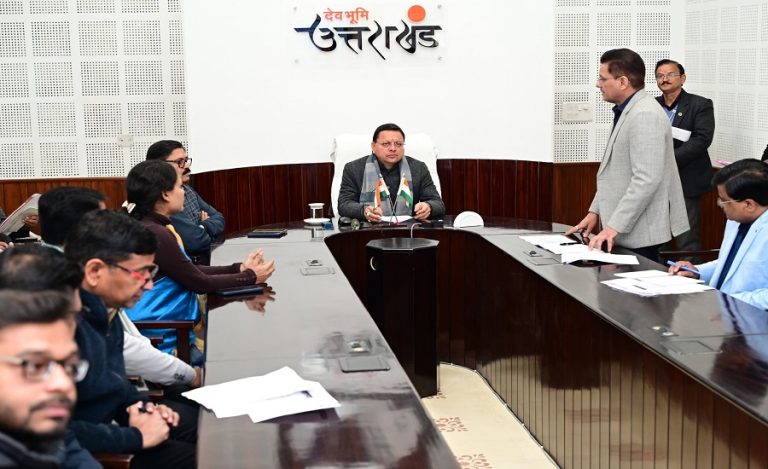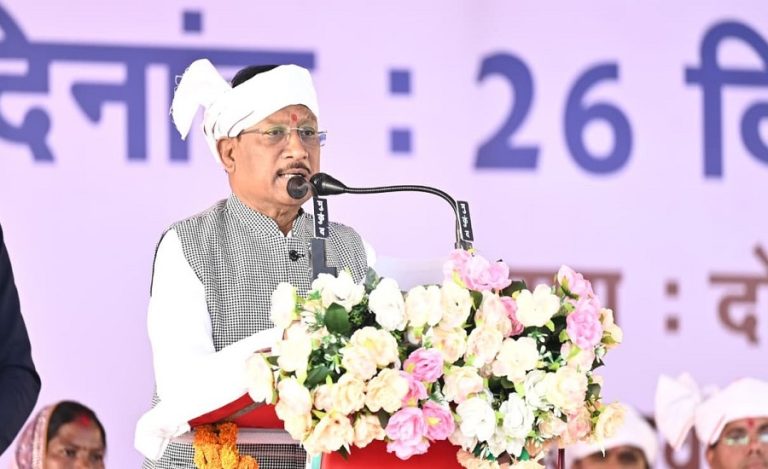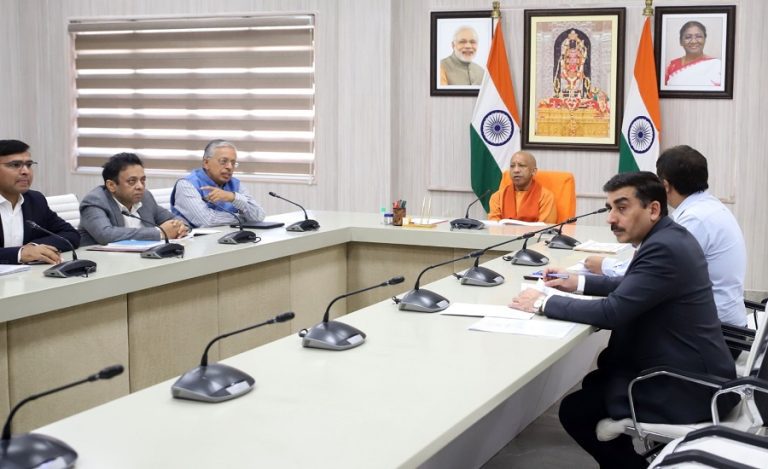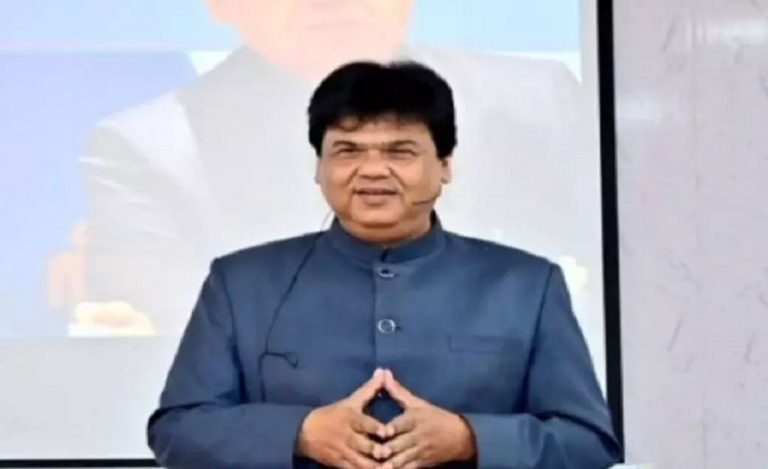Uttarakhand, under the leadership of CM Pushkar Singh Dhami, is gearing up to become India’s next major travel superhub. By capitalizing on the state’s scenic beauty, spiritual legacy, and cultural richness, the government aims to transform tourism into a key driver of economic growth, especially for rural communities.
Also Read: Gujarat CM Bhupendra Patel Reviews Rs. 1,100 Crore Dharoi Dam Tourism Project
Mr. Dhami, during a recent virtual review meeting, emphasized that tourism should go beyond visitor numbers and must become an engine for employment generation, sustainability, and reversing migration from hill regions. The state’s Tourism Policy 2023 reflects these goals, setting the stage for long-term development through strategic investments.
Tourism with Purpose: Sustainability as the Foundation
Sustainability lies at the heart of Uttarakhand’s new tourism vision. The government is implementing carrying capacity analysis for major tourist hubs like Nainital and Mussoorie to ensure that natural ecosystems are not overwhelmed. This proactive approach will preserve the region’s environmental integrity while accommodating growing tourist interest.
Infrastructure developments will be guided by eco-sensitive planning, aiming to balance growth with conservation. CM Dhami’s policy direction is clear: tourism should preserve Uttarakhand’s charm, not degrade it.
Empowering Villages through Homestays and Self-Employment
A key highlight of the policy is the aggressive promotion of homestays, especially in trekking corridors and remote villages. With over 5,300 homestays already registered, the government aims to add 2,000 more by 2025 under schemes like the Tracking Traction Centre Home-Stay Grant Scheme.
These initiatives, along with the ‘Veer Chandra Singh Garhwali Tourism Self-Employment Scheme,’ provide both grants and loans to boost rural entrepreneurship. By focusing on women and youth, the state is ensuring inclusive growth and equitable distribution of tourism benefits.
Adventure and Wellness Tourism Get a Boost
Uttarakhand’s natural topography makes it an ideal destination for adventure tourism. The state is expanding offerings like mountain biking, river rafting, and paragliding, thus creating new employment opportunities in training, guiding, and hospitality.
Parallelly, the government is investing in wellness tourism, developing spiritual wellness hubs such as Gangotri and Dhyanotthan. These projects cater to the rising demand for holistic travel, further strengthening the state’s tourism portfolio.
Winter Tourism to Minimize Seasonal Slumps
Recognizing the untapped potential of winter tourism, the government is now focusing on developing cold-weather attractions. Infrastructure upgrades for ski resorts, trekking routes, and hospitality services are underway to attract off-season visitors.
This strategy is expected to reduce seasonal dependency in the tourism economy and generate year-round employment for locals.
Religious Tourism and Wedding Destinations on the Rise
Building on its spiritual heritage, Uttarakhand is expanding the Char Dham pilgrimage routes and developing new religious circuits like the Golju Corridor across Almora, Champawat, and Rudraprayag.
The state is also promoting itself as a destination for weddings, leveraging its natural charm to attract couples from across India. These efforts are expected to boost event management, catering, and hospitality businesses.
Key Achievements and Government Support
Under the Deen Dayal Upadhyay Griha Awas Yojana, grants worth Rs. 50 crore have been disbursed to support 1,085 homestay projects. The Tracking Traction Scheme has already impacted 115 villages, creating hundreds of local jobs.
Additionally, the Tourism Entrepreneur Incentive Scheme has sparked private sector interest, signaling long-term investment potential.
Future Outlook: A Model for Tourism-Led Growth
Looking ahead, the success of Uttarakhand’s tourism revival depends on turning policies into on-the-ground results. With a focus on inclusivity, sustainability, and innovation, the state is poised to emerge as a national model for responsible and empowering tourism development.
Chief Minister Mr. Pushkar Singh Dhami’s vision offers a powerful blueprint for balancing economic growth with cultural and environmental preservation — ensuring that tourism works for the people, not just the economy.

